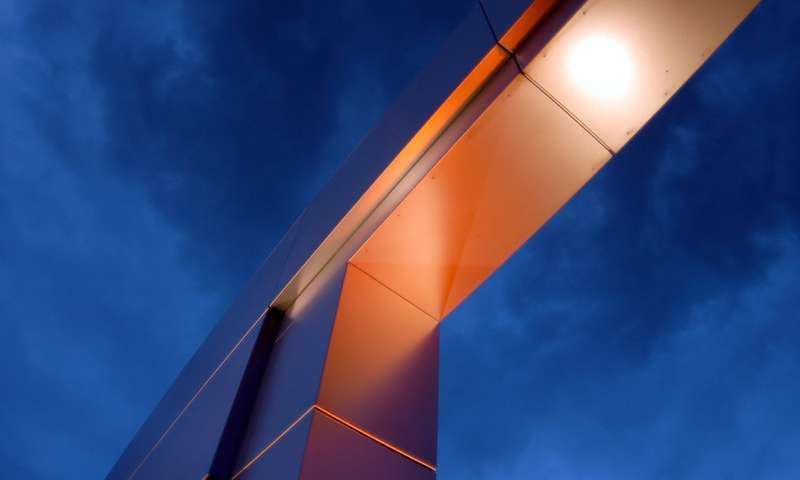Researchers at North Carolina State University have significantly increased the temperature at which carbon-based materials act as superconductors, using a novel, boron-doped Q-carbon material. The previous record for superconductivity in boron-doped diamond was 11 Kelvin, or minus 439.60 degrees Fahrenheit. The boron-doped Q-carbon has been found to be superconductive from 37K to 57K, which is minus 356.80 degrees F.
Regular conductive materials conduct electricity, but a lot of that energy is lost during transmission. Superconductors can handle much higher currents per square centimeter and lose virtually no energy through transmission. However, superconductors only have these desirable properties at low temperatures. Identifying ways to achieve superconductivity at higher temperatures – without applying high pressure – is an active area of materials research.
To make the boron-doped Q-carbon, the researchers coat a substrate with a mixture of amorphous carbon and boron. The mixture is then hit with a single laser pulse lasting for only a few nanoseconds. During this pulse, the temperature of the carbon is raised to 4,000 Kelvin and then rapidly quenched.
That higher concentration of boron is what gives the material its superconductivity characteristics at a higher temperature. The superconductivity in Q-carbon has special significance for practical applications, as it is transparent, super hard and tough, biocompatible, erosion and corrosion resistant. Nothing like that exists today.
B-doped Q-carbon can handle as much as 43 million amperes per square centimeter at 21K in the presence of a two Tesla magnetic field. Since we have demonstrated superconductivity at 57K, this means the doped Q-carbon is already viable for applications.

PM_ME_YOUR_APP_IDEA on July 25th, 2017 at 08:14 UTC »
Attention: this article is about superconducting diamond (which is special because it is so very strong and transparent). There are superconductors at much higher temperatures (up to 203 K or -70 °C) available.
This article details a new high temperature for a boron-doped diamond where the previous record was 11K, they still have a long way to go if they want to reach liquid nitrogen temperatures.
aullik on July 25th, 2017 at 06:22 UTC »
High-temperature for a superconductor is 57K so don't expect anything you can reach at home.
Rudner343 on July 25th, 2017 at 05:54 UTC »
Journal Reference: aip.scitation.org